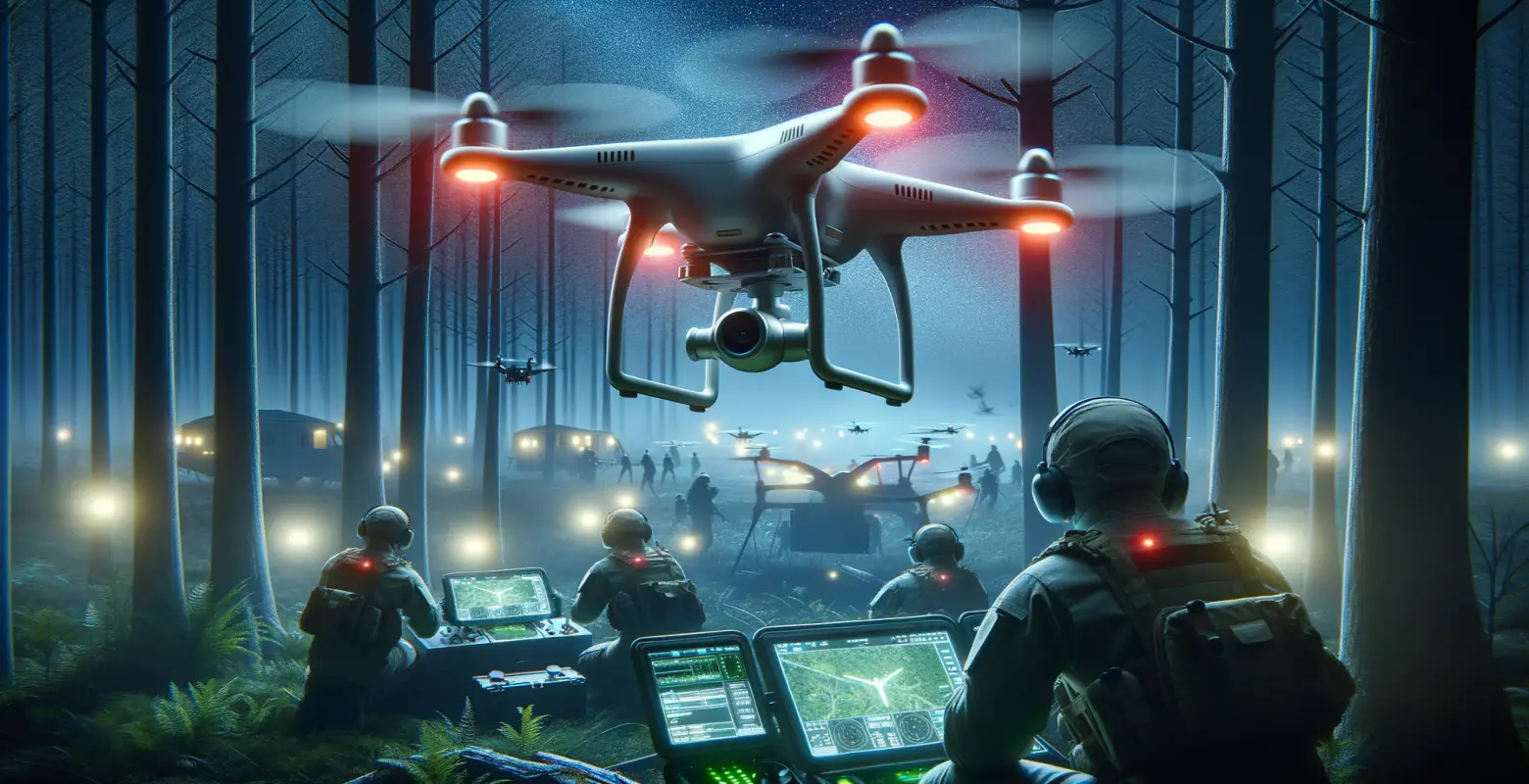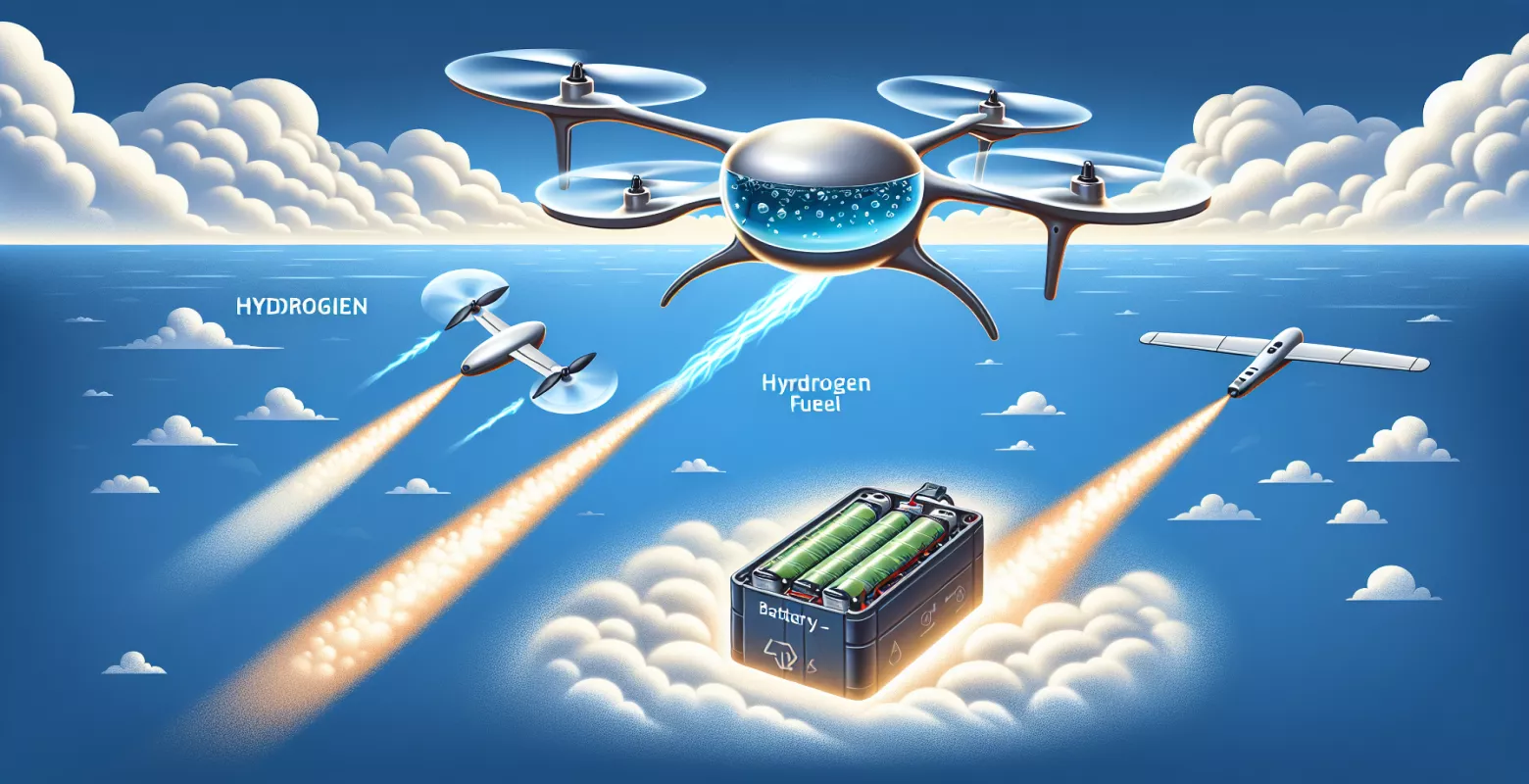Drones in search and rescue - new applications in search and rescue operations?
1. Introduction
Drones, or unmanned aerial vehicles (UAVs), have been increasingly used in various fields of life for years. While initially associated mainly with the military and filmmaking, today they are a tool that is changing the face of many industries, including rescue operations. In search and rescue operations, drones can play a crucial role by providing fast, precise real-time information, which can be a matter of life or death for the injured. In this article, we will discuss how drones are used in rescue operations, what technologies are being developed, and what challenges rescuers face when using these innovations.
2. Applications of Drones in Rescue Operations
2.1. Rapid Location of Injured Persons
One of the most important applications of drones in rescue operations is the rapid location of injured persons. Equipped with thermal cameras and sensors, drones can search through hard-to-reach areas such as mountains, forests, or disaster areas much faster than traditional rescue teams. Thermal cameras allow for the detection of heat emitted by the human body, which is particularly useful at night or in challenging weather conditions.
2.2. Delivery of Essential Supplies
In situations where the injured are cut off from help, drones can deliver essential supplies such as medicine, food, or water. This is particularly important in areas affected by natural disasters, where infrastructure is destroyed, and traditional methods of transportation are not possible. In such cases, drones can serve as a fast and efficient link between rescuers and victims, providing support until full assistance arrives.
3. Technology Supporting Rescue Operations
3.1. Thermal Cameras and Sensors
One of the most important technologies used in drones for search and rescue operations is thermal cameras. They allow for the detection of temperature differences, which is particularly useful when searching for missing persons at night or in challenging weather conditions. In addition to thermal cameras, drones can be equipped with other advanced sensors, such as motion sensors, sound sensors, or air quality sensors, allowing for more effective monitoring of the situation.
3.2. Real-Time Data Transmission
In crisis situations, time is of the essence. Thanks to modern data transmission systems, drones are able to transmit images and information in real-time to command centers, allowing for an immediate assessment of the situation and the taking of appropriate actions. Rescuers can monitor the terrain in real-time, analyze the situation, and coordinate rescue operations based on current data.
4. Examples of Drone Use in Rescue Operations
4.1. Mountain Rescue Missions
In mountains, where weather conditions often hinder rescue operations, drones can prove invaluable. An example is a rescue mission in the Alps, where drones with thermal cameras helped locate missing tourists in challenging weather conditions. The rapid location of the injured allowed for more effective organization of assistance and saving lives.
4.2. Rescuing Victims of Natural Disasters
Drones have also been used in rescue operations after earthquakes, floods, or hurricanes. For example, during a rescue operation after the earthquake in Nepal in 2015, drones were used to map the damage and locate people trapped under rubble. In such cases, drones can access areas that are limited for rescuers, increasing the chances of saving more people.
5. Challenges Related to the Use of Drones in Rescue Operations
5.1. Technological Limitations
Despite many advantages, drones also have their limitations. Battery life is one of the biggest challenges – most drones can operate for about 30 minutes, which in some situations may be insufficient. Additionally, drones are susceptible to weather disturbances such as strong winds, rain, or low temperatures, which can affect their effectiveness.
5.2. Legal and Regulatory Issues
Another challenge is legal issues. In many countries, regulations regarding the use of drones are strictly regulated, which may limit their use in rescue operations. In some cases, special permits are required for drone operations in areas subject to flight restrictions.
6. The Future of Drones in Rescue Operations
6.1. Technological Development and Autonomous Drones
The future of drones in rescue operations looks extremely promising. The development of technologies such as artificial intelligence and autonomous systems may lead to the creation of drones that can operate without direct human supervision. Drones equipped with AI can independently analyze the terrain, make decisions, and identify the injured, speeding up and streamlining rescue operations.
6.2. Increased Integration with Traditional Rescue Teams
In the future, drones will be increasingly integrated with traditional rescue teams, becoming an integral part of search and rescue operations. Thanks to advanced communication systems and data integration, drones will be able to cooperate with rescue teams in real-time, providing accurate information about the terrain, weather conditions, and the location of the injured. This will increase the efficiency of rescue operations, reducing the time needed to locate and provide assistance to victims.
7. Conclusion
Drones have become an invaluable tool in search and rescue operations. With their advanced technologies such as thermal cameras, sensors, and real-time data transmission, they significantly improve the efficiency of rescue operations. They can quickly locate the injured in hard-to-reach places, deliver essential supplies, and assist in the analysis of crisis situations.
Despite some challenges, such as limited flight time or regulatory issues, the future of drones in rescue operations looks promising. The development of autonomous technologies and better integration with traditional rescue teams will certainly make drones even more effective tools in saving the lives and health of the injured. As drone technology continues to evolve, we can expect their increasing involvement in rescue operations, contributing to faster and more effective responses to crisis situations.







Number of comments: 0